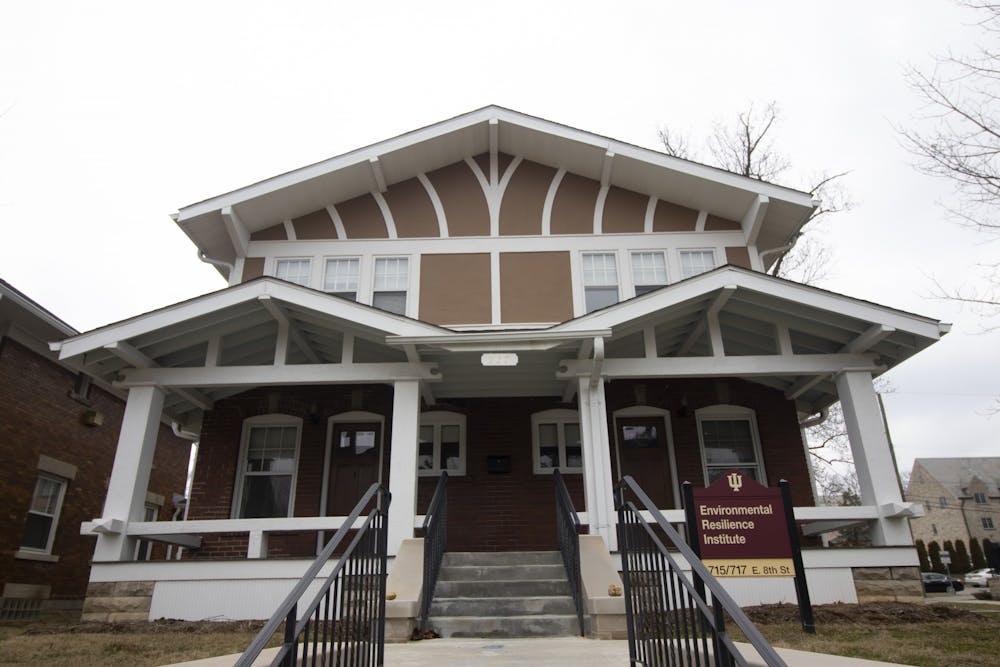Some climate scientists predict that Indiana will see increases in rainfall over the coming years, but IU researchers found that increasing temperatures and seasonal droughts are likely to reduce the amount of water in Indiana’s soils and streams over time, according to an IU press release. These predicted changes can be viewed through the interactive data portal called FutureWater.
A research team led by Chen Zhu, professor of Earth and atmospheric sciences, published findings about future water availability in January. These findings were used to make the interactive data map.
"By making Future Water data publicly available and accessible, we endeavor to change the way that science results are communicated and serve society," Zhu said in the release. "We're giving everyone the opportunity to build on our work and address pressing problems in water and land management."
The project is a part of IU’s Environmental Resilience Institute and the Prepared for Environmental Change Grand Challenge. The purpose is to track long -erm trends that could negatively affect water availability in the future, according to the release. A water shortage can damage industries such as agriculture, wastewater treatment, land use and species migration.
IU’s researchers have compiled models from many different sources, including Notre Dame’s current climate models, the latest Indiana Climate Change Impacts Assessment Report and software developed by the U.S. Department of Agriculture, according to the press release.
The purpose of the model is to give detailed information about the Wabash River Basin, Indiana’s largest watershed, which covers about two-thirds of the state, according to the release. A watershed is an area or ridge of land that separates waters flowing to different rivers, basins or seas. The model allows the user to view long-term trends based on current and predicted information that can show water availability through 2100 under various different climate scenarios.
The creation, research and implementation of this model are notable because although climate scientists have already predicted hotter days and more extreme rain in spring and winter, it is not known how these climate events would affect water availability and consumption in our state, according to the release.
Zhu’s team also took advantage of IU’s new supercomputer Big Red 200 to develop the modeling technology. The team now uses the supercomputer to run updated versions of the original hydrological model, according to the release. The supercomputer can run updated versions of the team's models more efficiently than ever.
Jennifer Dierauer is a University of Wisconsin-Stevens Point assistant professor in watershed science and a co-author of Zhu's published research paper. Under a changing climate, rising temperatures will increase soil moisture and hydrological drought, Dierauer said in the release.
"Indiana’s soil and streams will likely be drierfor longer periods of the year in future decades," Dierauer said in the release.




